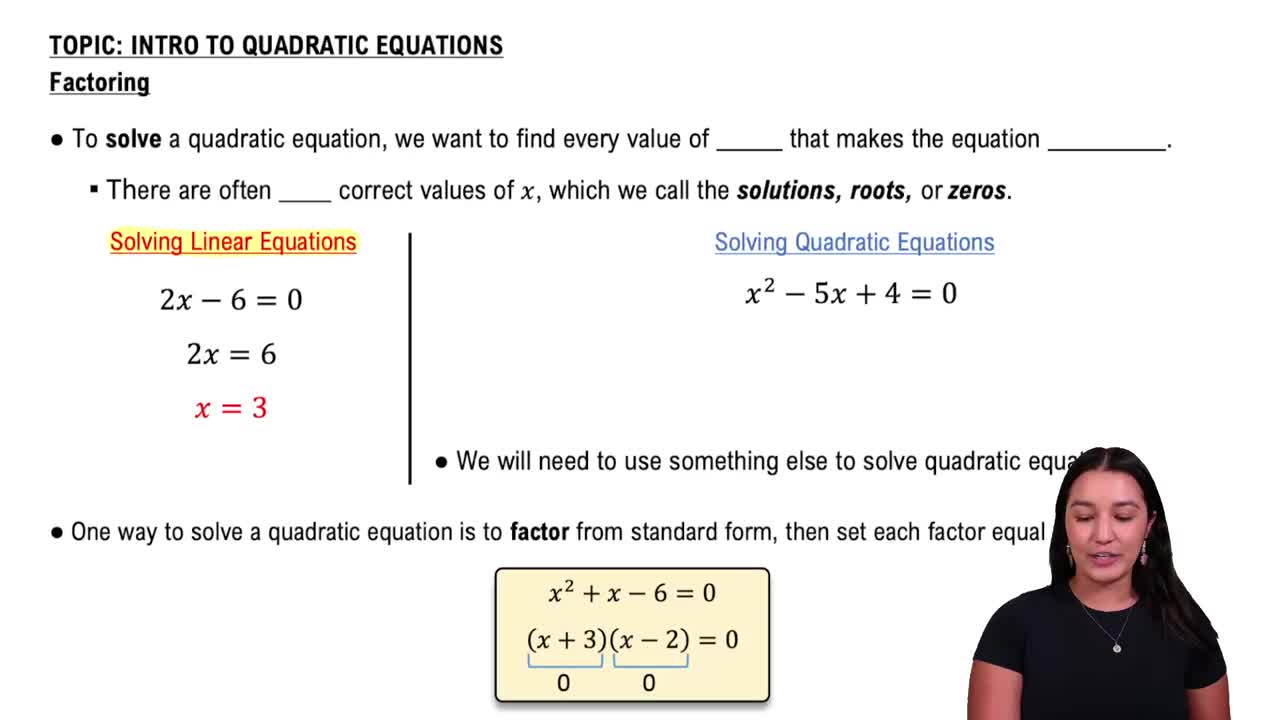Here are the essential concepts you must grasp in order to answer the question correctly.
Consecutive Even Integers
Consecutive even integers are pairs of integers that differ by 2 and are both even. For example, if x is an even integer, the next consecutive even integer can be expressed as x + 2. Understanding this concept is crucial for solving problems that involve finding pairs of even integers that meet specific conditions, such as a given product.
Recommended video:
Probability of Multiple Independent Events
Product of Integers
The product of two integers is the result of multiplying them together. In this context, if we denote two consecutive even integers as x and x + 2, their product can be expressed as x(x + 2). This concept is essential for setting up equations to find the integers that satisfy the given condition of their product being 168.
Recommended video:
Special Products - Cube Formulas
Solving Quadratic Equations
When the product of two integers is set equal to a number, it often leads to a quadratic equation. In this case, the equation x(x + 2) = 168 can be rearranged to form a standard quadratic equation. Solving quadratic equations involves finding the values of x that satisfy the equation, which is a fundamental skill in algebra.
Recommended video:
Solving Quadratic Equations by Factoring




